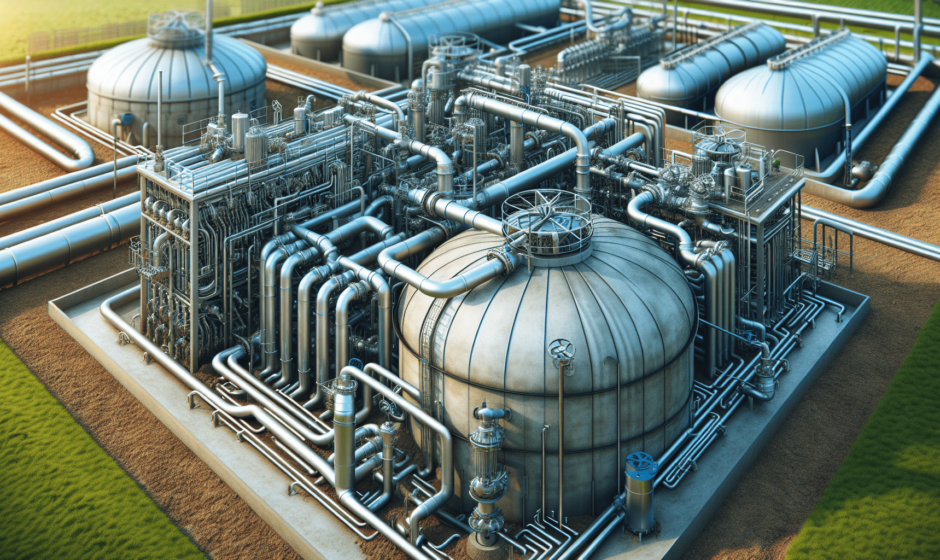How can dairy farmers convert manure into renewable energy?
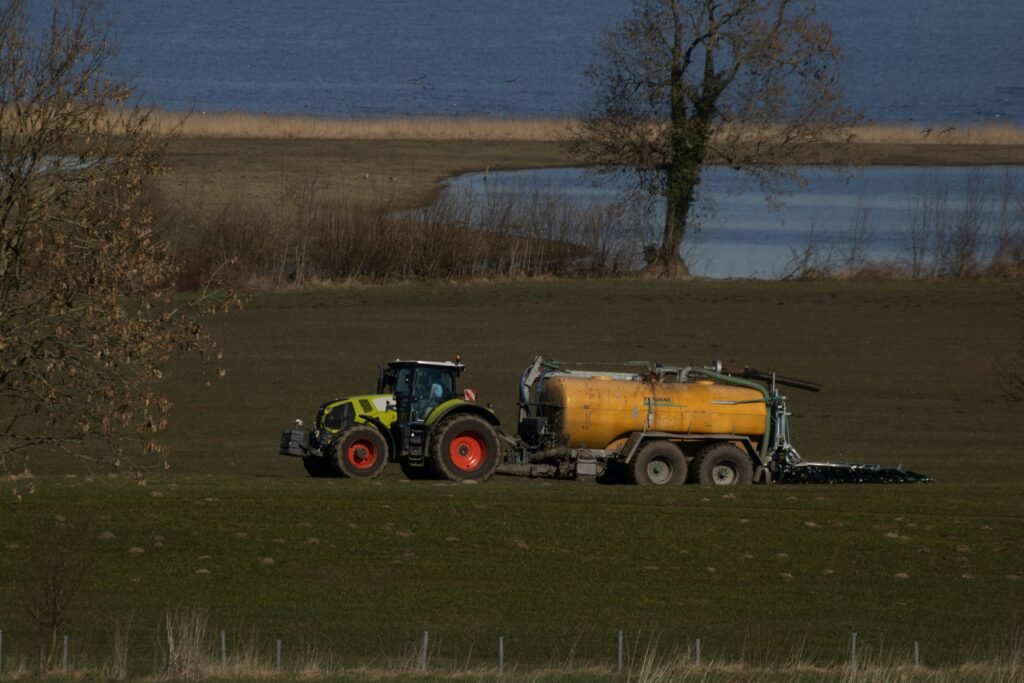
Harnessing Energy from Manure: An Introduction
So, you’re curious about how farmers take manure and turn it into renewable energy, right? Well, you’re in the right place! Let’s dive into the fascinating world of harnessing energy from manure on farms.
What is Manure and Why Is It Important?
Manure is a valuable resource on farms that is typically composed of animal waste, such as cow dung. It contains organic matter, nutrients, and energy that can be harnessed for various purposes. Farmers have been using manure as a natural fertilizer for centuries, but did you know that it can also be converted into renewable energy?
The Benefits of Harnessing Energy from Manure
By converting manure into renewable energy, farmers can reduce greenhouse gas emissions, decrease reliance on fossil fuels, and lower energy costs. This process also helps to manage waste more efficiently and creates a sustainable energy source that is environmentally friendly.
Methods of Converting Manure into Energy
Now, let’s explore some of the innovative methods that farmers use to convert manure into renewable energy.
Anaerobic Digestion
One of the most common methods of converting manure into energy is through anaerobic digestion. In this process, manure is placed in a sealed tank where bacteria break down the organic matter in the absence of oxygen. This produces biogas, a mixture of methane and carbon dioxide that can be used as a source of renewable energy.
Biogas Upgrading
Once biogas is produced through anaerobic digestion, it can be upgraded to remove impurities and increase the concentration of methane. This purified biogas, also known as biomethane, can then be used as a clean transportation fuel or injected into the natural gas grid.
Biofertilizer Production
In addition to producing biogas, anaerobic digestion also generates a nutrient-rich byproduct known as digestate. This digestate can be used as a biofertilizer, providing essential nutrients to crops and completing the cycle of sustainability on the farm.
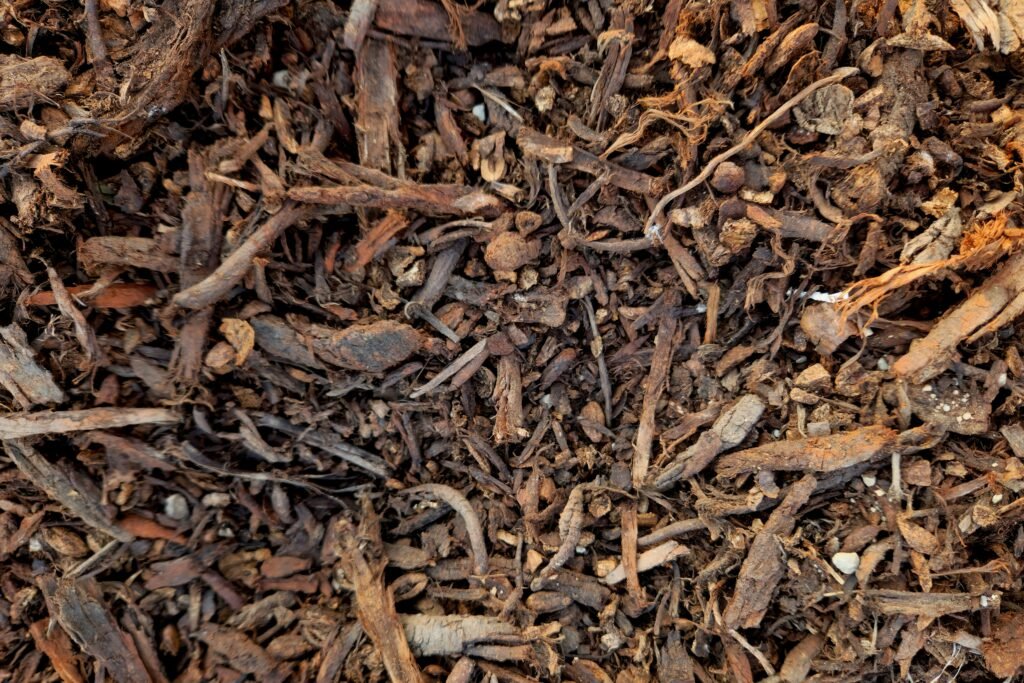
The Role of Technology in Harnessing Energy from Manure
Technology plays a crucial role in enabling farmers to harness energy from manure efficiently and effectively. Let’s take a closer look at some of the technological advancements in this field.
Remote Monitoring Systems
With the help of remote monitoring systems, farmers can track the temperature, pH levels, and gas production in anaerobic digesters from a distance. This technology allows for real-time monitoring and control of the anaerobic digestion process, optimizing energy production and efficiency.
Renewable Energy Storage
To ensure a continuous and reliable energy supply, farmers may utilize renewable energy storage solutions, such as batteries or power-to-gas systems. These technologies store excess energy generated from biogas production and help to balance fluctuations in energy demand.
Farm-Scale Energy Systems
Farm-scale energy systems, such as combined heat and power (CHP) units, allow farmers to generate electricity and heat from biogas on-site. This decentralized approach to energy production reduces transmission losses and provides a more sustainable energy solution for farms.

Environmental Impact and Sustainability
Converting manure into renewable energy offers numerous environmental benefits and contributes to the overall sustainability of agriculture. Let’s explore the environmental impact of harnessing energy from manure.
Greenhouse Gas Reduction
By capturing methane emissions from manure through anaerobic digestion, farmers can significantly reduce their carbon footprint. Methane is a potent greenhouse gas that is much more harmful to the environment than carbon dioxide, so converting it into biogas helps mitigate climate change.
Nutrient Management
Anaerobic digestion not only produces renewable energy but also helps manage nutrients in manure more effectively. By converting manure into biofertilizer, farmers can recycle nutrients back into the soil, reducing the risk of nutrient runoff and water pollution.
Sustainable Agriculture Practices
Harnessing energy from manure aligns with sustainable agriculture practices that prioritize environmental stewardship and resource conservation. It represents a closed-loop system where waste is transformed into valuable resources, promoting a more sustainable and circular economy in agriculture.
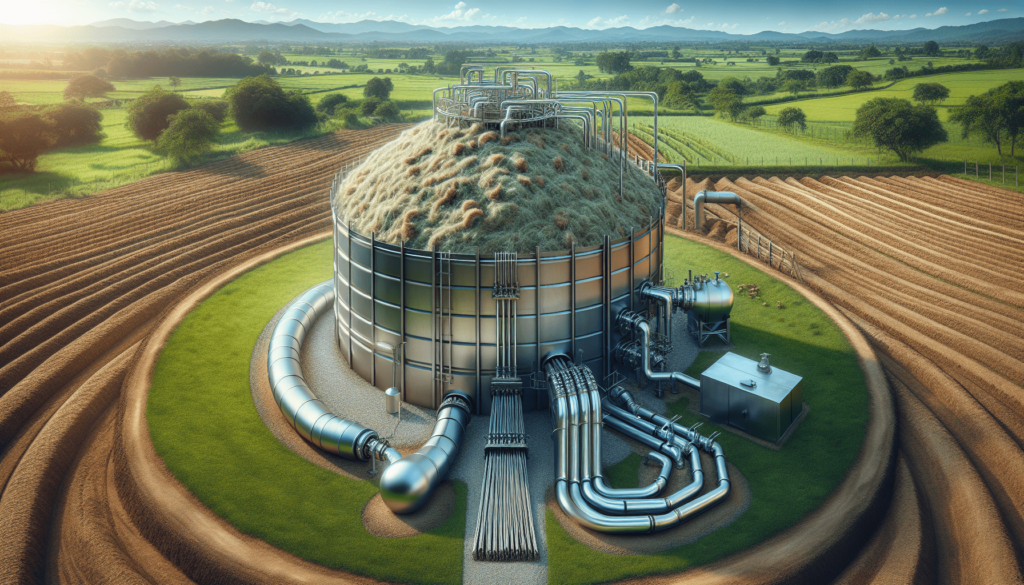
Economic Viability of Energy from Manure
Beyond environmental benefits, converting manure into renewable energy can also have positive economic implications for farmers. Let’s explore the economic viability of harnessing energy from manure.
Revenue Generation
Farmers can generate additional revenue streams by selling renewable energy, such as biogas or electricity, produced from manure. This diversification of income sources helps offset energy costs and provides a stable source of income for the farm.
Cost Savings
By using biogas for on-farm energy needs, farmers can reduce their reliance on costly fossil fuels and grid electricity. This can lead to significant cost savings over time, making energy production more affordable and sustainable for farmers.
Incentive Programs
Government incentive programs and renewable energy subsidies can further support farmers in harnessing energy from manure. These programs may offer financial incentives, tax credits, or grants to offset the initial investment costs of implementing renewable energy systems on farms.
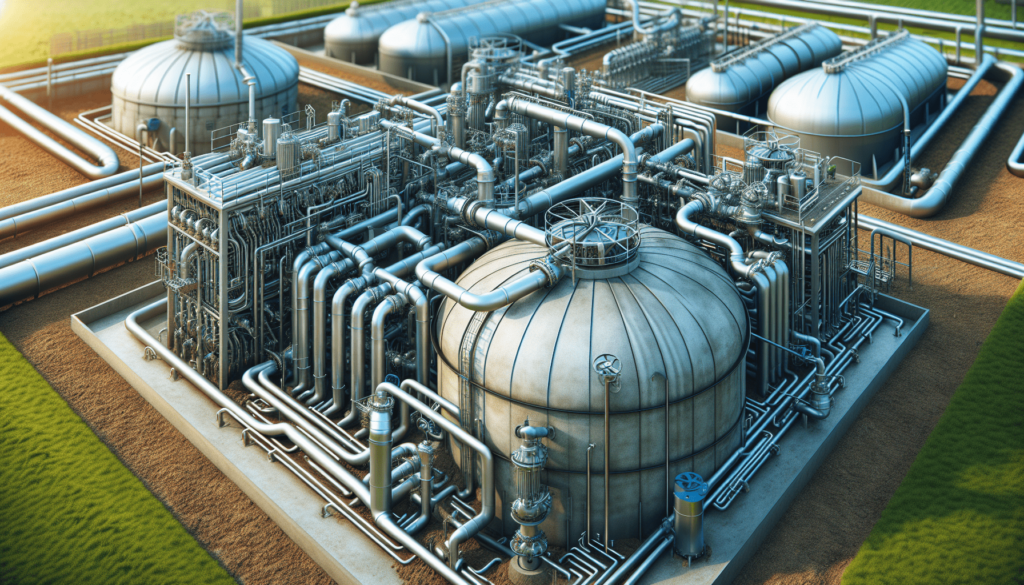
Future Prospects of Manure-to-Energy Technologies
The future of harnessing energy from manure looks promising, with ongoing research and development efforts focused on improving efficiency and scalability. Let’s discuss some of the future prospects and technologies in this field.
Advanced Digestion Technologies
Researchers are exploring advanced digestion technologies, such as two-stage digestion or co-digestion with other organic waste streams, to increase biogas production and enhance energy recovery from manure. These advancements aim to maximize the efficiency of anaerobic digestion and optimize energy output.
Biorefineries
The concept of biorefineries, where multiple products are produced from biomass feedstocks, is gaining traction in the renewable energy sector. By integrating biogas production with other value-added products, such as biofuels or biochemicals, biorefineries offer a more diversified and sustainable approach to energy production.
Circular Economy Models
As sustainability becomes a key focus in agriculture, circular economy models are emerging as a holistic approach to managing resources on farms. By closing the loop on waste streams and creating synergies between different production systems, circular economy models aim to maximize resource efficiency and environmental benefits.
In conclusion, harnessing energy from manure is a valuable and sustainable practice that offers a range of environmental, economic, and agricultural benefits. By converting manure into renewable energy, farmers can reduce their carbon footprint, lower energy costs, and promote a more circular economy in agriculture. So, the next time you see a field of cows, remember that their manure holds the potential to power a brighter and greener future for us all.


